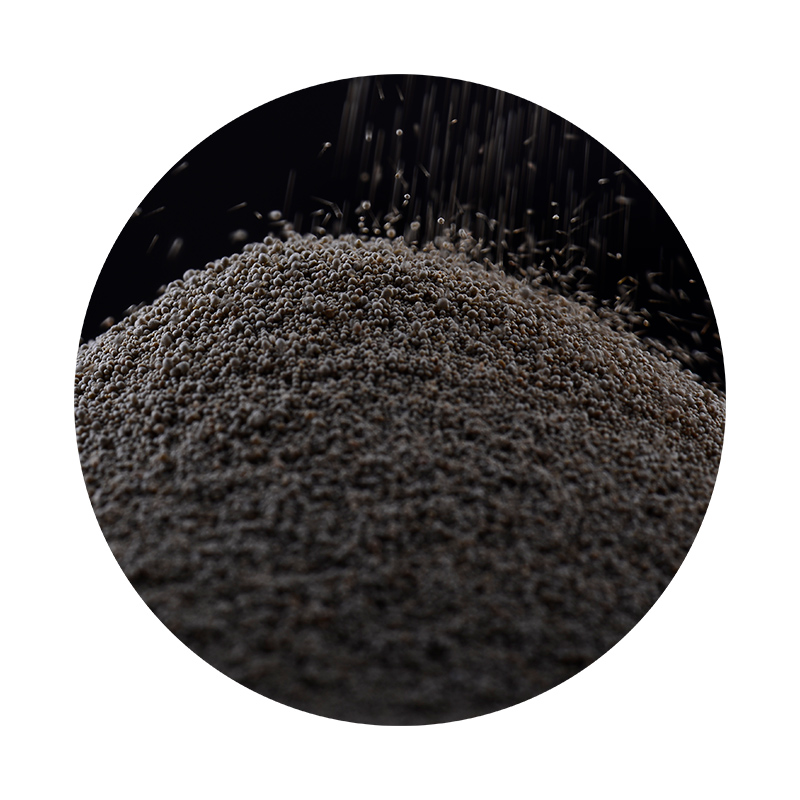Foundry Sand Composition Key Aspects and Importance in Metal Casting
Foundry sand plays a crucial role in the metal casting industry, serving as a primary material for creating molds that shape various metallic objects. Understanding the composition of foundry sand is vital for improving casting quality, optimizing production processes, and ensuring environmental compliance. This article explores the various components of foundry sand, their significance, and how they influence the casting process.
Composition of Foundry Sand
Foundry sand is primarily composed of natural silica (SiO2), which is characterized by its high melting point and resistance to thermal shock. Natural sand is typically sourced from river beds, lakes, or quarries, and is refined to remove impurities. The basic components of foundry sand can be categorized into the following
1. Silica Sand The main constituent, silica sand, generally comprises 90-95% of the total weight. It is preferred for its excellent flowability, moldability, and ability to withstand high temperatures during the metal casting process.
2. Clay Binder Clay, often in the form of bentonite, acts as a binder that helps the sand grains adhere to each other. This enhances the cohesiveness and strength of the mold. Generally, the clay content ranges from 3-8%, depending on the specific requirements of the casting process. The type and quality of clay can significantly influence the performance of the sand.
3. Water Water is added to dampen the sand mixture and activate the clay binder. The moisture content must be carefully controlled, as excessive water can lead to mold breakage, while too little can result in poor mold strength. Typically, the water content is maintained between 2-5%.
4. Additives Various additives can be incorporated into foundry sand to modify its properties. These may include release agents, colorants, and agents that improve thermal stability. The specific additives used depend on the type of metal being cast and the desired characteristics of the final product.
Importance of Composition in Casting
foundry sand composition

The composition of foundry sand directly influences several critical aspects of the casting process
1. Mold Strength A proper balance of silica, clay, and moisture is essential for achieving optimal mold strength. Weak molds can cause defects in the casted product and can lead to high scrap rates during production.
2. Heat Resistance Silica’s high melting point allows molds to withstand the intense heat generated during metal pouring. An inadequate composition could result in mold deformation, leading to defects such as dimensional inaccuracies and surface imperfections.
3. Thermal Conductivity The thermal properties of foundry sand affect heat transfer during the casting process. A good thermal conductivity ensures uniform cooling of the cast metal, which is crucial for achieving the desired mechanical properties.
4. Environmental Considerations With rising environmental concerns, foundry sand recycling has become more relevant. The composition of the sand can impact its recyclability. Sands that degrade or become chemically altered after use may not be suitable for recycling, leading to increased waste.
Conclusion
In conclusion, the composition of foundry sand is a critical element in the metal casting industry. It not only determines the mechanical properties of the molds but also influences the overall efficiency and quality of the casting process. Manufacturers must pay close attention to the proportions of silica, clay, water, and additives to ensure optimal performance. As the industry evolves, innovations in foundry sand composition and recycling processes will continue to play a vital role in meeting the demands for high-quality casting while minimizing environmental impacts.
By understanding and refining foundry sand composition, metal casters can achieve better product quality, reduce scrap rates, and align with sustainable manufacturing practices, ultimately enhancing their competitiveness in the market.
Post time:des. . 29, 2024 18:08
Next:Understanding the Process and Advantages of Sand Casting in Metal Foundries
